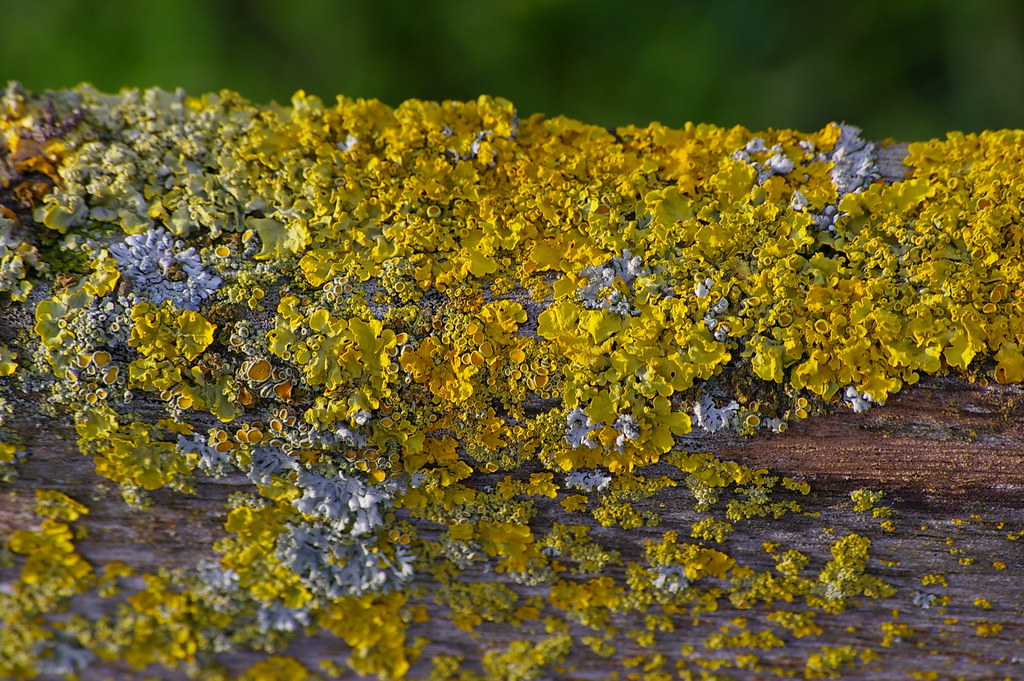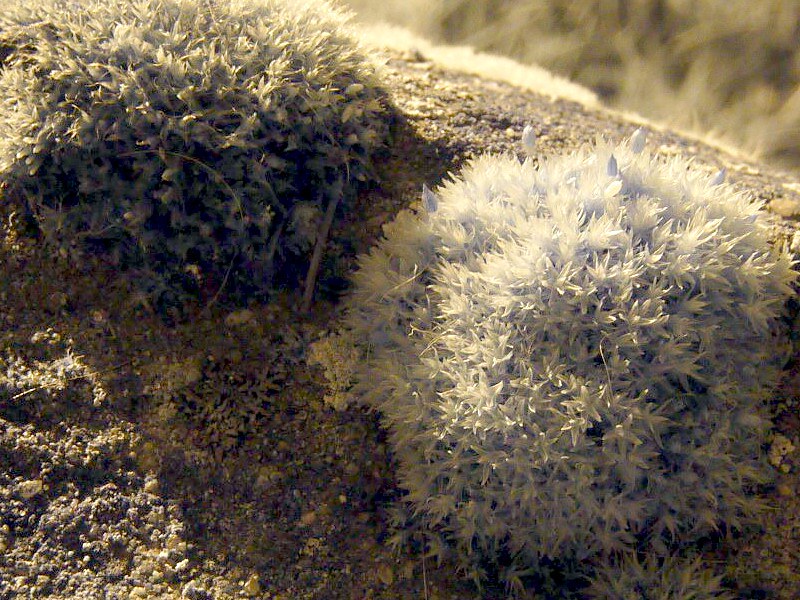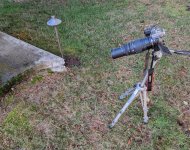Well I have some similar mushrooms.
Mine appears to be the “Slippery Jack”!
“This mushroom blooms in summer and autumn, usually near or beneath pine trees. It does well in cold climates, but can also be found further south all around the northern hemisphere. During moist weather, the slippery jack's caps become quite slimy, leading to their common name.
Toxicity
The slippery jack is a mildly to moderately poisonous mushroom, as consumption can cause mild to severe gastrointestinal upset in some people. The most common symptoms includes diarrhea followed by fatigue, which can appear 15 minutes after ingestion and persist for several days.
Habitat
The slippery jack is associated with coniferous trees, particularly pine and sometimes spruce. It feeds in a symbiotic relationship with the tree’s roots, helping it absorb water and nutrients while the tree provides it sugars and amino acids. This mushroom prefers cold, wet, and shaded areas beneath conifers.




